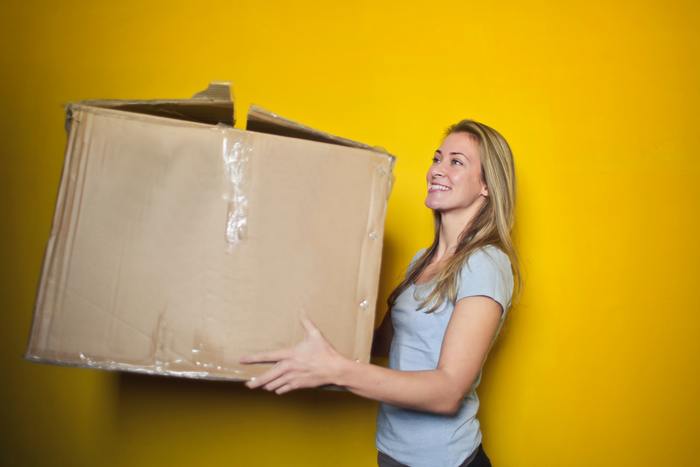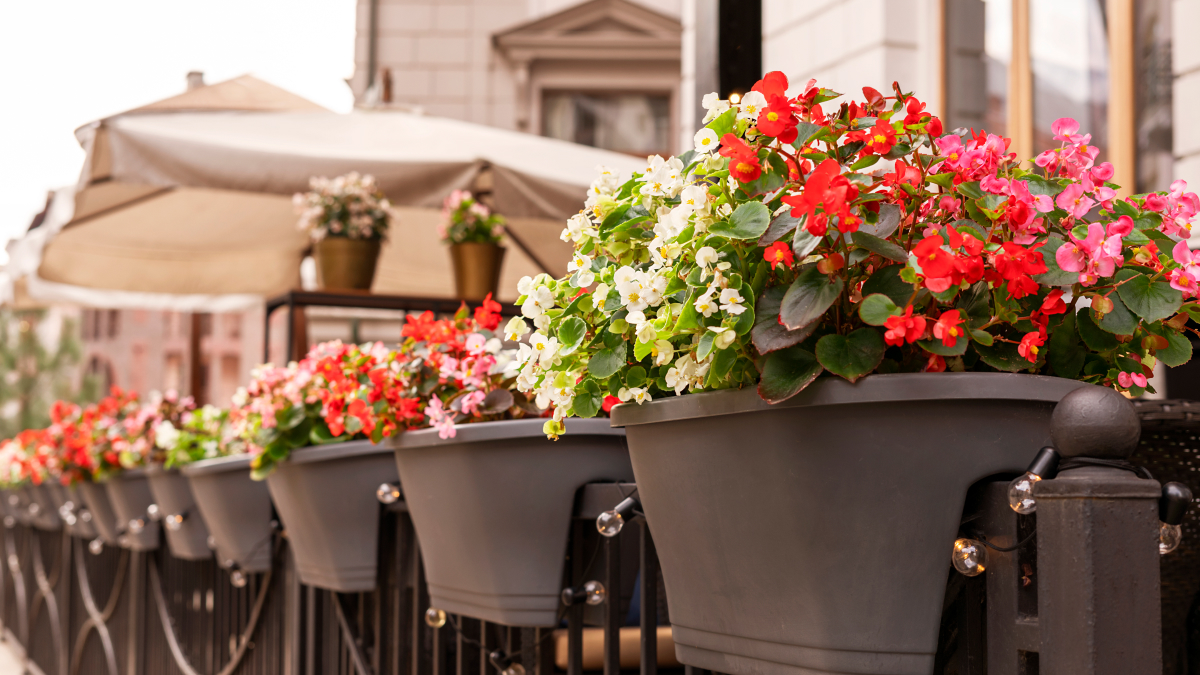
Our Moving Home Checklist will Help Keep Your Move as Straight Forward as Possible
Moving home can be very stressful but there are plenty of things you can do to reduce the hassle. Whether you are buying a property in London or moving to a new rental home, read our moving home checklist for tips on how to make your move as seamless as possible.
How to Pack When You Move to a New Home – Our Fool Proof Checklist
Make a plan : First, make a detailed plan, several weeks in advance, of all the things you need to do and when, from buying packing materials to taking photos of valuables.
Declutter : Next, have a good clear out and give anything you don’t want or need to charity, sell it online or take it to the tip.
Book a removal company : Ideally book the company several weeks ahead as they can get very booked up (especially on a Friday which is the most popular day to move house). Check the BAR (British Association of Removers) website at www.bar.co.uk for details of qualified removal companies.
for details of qualified removal companies.
Make a list of everything you need to pack : Itemise contents, room by room, together with a list of the packing materials you will need such as boxes, bubble wrap and marker pens.
Work out how many boxes you’ll need and start asking in your local supermarket or independent shops who will usually have plenty going spare.(Many removal companies will supply these too). They’ll need to be strong (corrugated cardboard boxes usually offer the best protection) and you’ll probably want them in a variety of sizes.
You’ll also need packing tape, bubble wrap (lots of it) and newspapers to protect your things.
Insurance : If you are carrying out the move yourself, check your insurance policy to make sure your house contents are covered during the move.
Getting Organised – Packing Up Each Room
Make a list of contents : Make a list of your possessions – room by room. Label each box carefully – by room and by contents – egdining room or living room, books or clothes.
Start with rooms that aren’t used as much – such as a spare bedroom – and you won’t miss having those non-essential items at your disposal. Try and keep one room aside for storing packed boxes so the chaos doesn’t spread to the rest of the house.
Take photos : Take photos of important or particularly valuable items as well as the wiring connections on the back of TVs and computers to make it easier to set them up when you arrive at your new home.
Packing Different Types of Contents
Valuables : Clearly mark boxes that contain valuables or breakables and try and keep them separate.
Electronic items : These are very delicate and fragile so it’s usually best to pack them in their original boxes if possible. Use of plenty of bubble wrap.
Clothes : Keep clothes for the current season (summer/winter) separate so you can access them easily. There’s no rush to unpack the rest at the other end. Rolling up clothes piece by piece helps to reduce creases.
Kitchen contents : Use up as much food as possible so there is less to transport – throw out packets that are nearly empty. And use plenty of bubble wrap for packing breakable plates and glasses.
Bathroom contents : minimum. Discard out of date medicines and keep important medication with you.
Important paperwork : Keep all your important documentation and paperwork in a separate folder or box and carry it with you separately.
Cleaning products and other hazardous items : Pack these into a separate box, ideally inside a plastic bag within the box – clearly marked and kept well away from items that could be damaged by them if they are spilled. Better still, throw out half used bottles and buy new when you arrive.
How to Pack Each Box – General Tips
Line each box with plenty of bubble wrap or newspaper and use as much filling material as possible – obviously fragile items will need even more packaging. Old clothing, blankets or towels make a very good filler to protect items.
Keep weight evenly spread across the boxes you pack – they’ll be easier to move and won’t cause anyone an injury.
Pack heavy items in smaller boxes so you’re not tempted to overload each one too much. And don’t fill boxes to the top. Remember that books are very heavy so don’t overload too many in a single box.
Make sure boxes are clearly marked so they are easier to unload at the other end.
Your ‘essentials’ Box
You’ll need a separate, ‘essentials’ box containing everything you’ll need for the first day or so in your new home. This could be tea, coffee, drinks and snacks. Basic crockery and cutlery, a kettle, maybe a toaster.
Toiletries are essential, as is loo paper!
Also include some cloths for cleaning cupboards before you unpack, perhaps a tool kit for assembling furniture if necessary and some basic medical supplies – definitely painkillers and plasters!
Make sure the box is easy to get to.
So, in a nutshell, remember to plan ahead, buy plenty of bubble wrap and have coffee and mugs on hand when you arrive at your new home!
And if you’re looking for tips on how to furnish your new home, sign up to our regular interiors and home design blogs where you will find plenty of ideas and inspiration.


